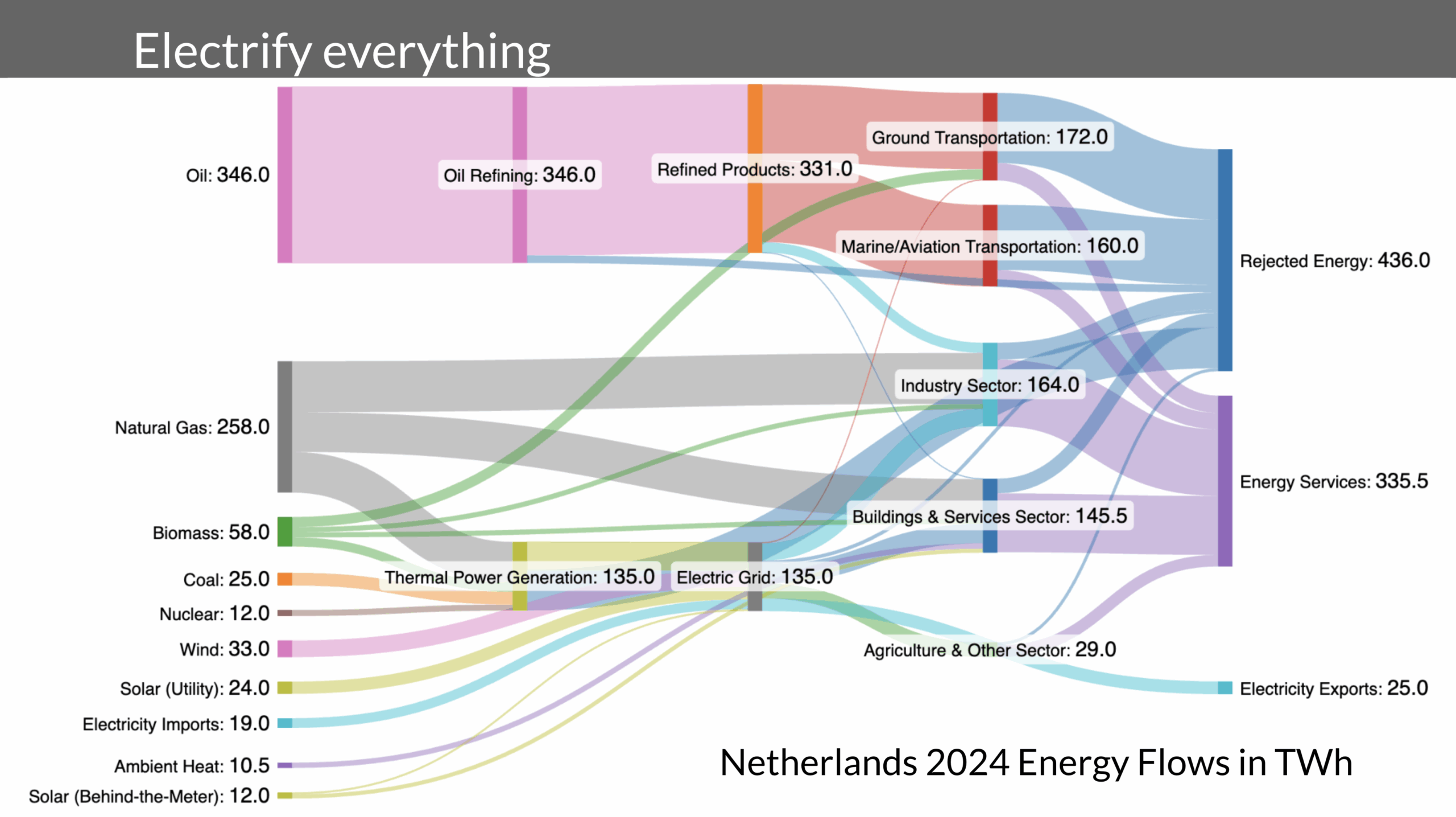
Sign up for daily news updates from CleanTechnica on email. Or follow us on Google News!
Last Updated on: 10th February 2025, 01:19 pm
How would you describe the state of policy in carbon removal, and where it’s heading?
CDR policy is rapidly evolving. Just a few years ago, I could count on one hand the jurisdictions and policies being worked on globally. Now, there are dozens of countries developing frameworks and subsidies to scale CDR.
Having said that, we are talking about legislation that will ultimately need to regulate one of humanity’s largest industries across almost every country on the planet. Seen in that context, we are still very much in the early days.
The biggest trends I see right now are A) the inclusion of CDR in compliance schemes like the EU’s Emission Trading System, and B) the creation of a UN market for CDR under Article 6, and C) targeted support to accelerate the development of specific approaches such as DACCS in the U.S. or BCR in Denmark.
What was it that first made you interested in carbon removal, and when?

A few years ago, a major storm hit my mountain community in Italy, leaving visible scars of millions of torn down trees wherever you looked. It was the final kick in the butt I needed to switch careers from global development to climate.
As I started exploring options, I came across an episode on Na’im Merchant’s Carbon Curve with Open Air’s Chris Neidl. I had never heard of CDR before and I couldn’t believe that there was an industry that had to scale to become bigger than oil and gas and which I had never heard about.
As a policy advocate, this was gold to my ears as you want to be in as early as possible to maximize your shot at making a difference. The rest is history.
What are you currently working on in terms of carbon removal and CDR policy?
2025 will be a crucial year for CDR policy in which a lot of important work will be happening in the background, preparing some of the major policy breakthroughs I expect for 2026. In particular, I will be focusing on the Green Claims Directive, ETS integration, the CRCF, and Article 6.
In parallel, I will keep scaling CDRjobs, a platform dedicated to facilitating the transition of talent into the sector.
Finally, I will experiment with new forms of content to reach audiences that might so far not have heard about CDR. We need to increasingly get the wider public on board if we want CDR to get the policy support it needs to go mainstream.
Where do you hope, and where do you think, the carbon removal industry is in 3 years?
One megatonne of durable CDR delivered in 2027 — that seems like an ambitious but feasible target to aim for.
On the demand side, I would like to see more corporate buyers buying larger amounts, getting us close to the 50Mt-100Mt in purchases.
With regards to policy, we should be seeing some clear steps towards compliance – the end game for CDR – giving investors the confidence they need that this market will take off in the 2030s.
If you were not dedicating so much resources to carbon removal, where else would you dedicate them?
My wife, my dog, and my beloved mountains. Jokes aside, I fundamentally believe that we need to find ways to make net-zero a reality as soon as possible. CDR is one important piece of the puzzle, and the one I think I can make the biggest difference in right now. But there are many other pieces and a lot of incredible innovation is decarbonizing our economy, from renewable energy, to SAF, to alternative building materials. It is an exciting moment in history for someone like me.
What trends are you most excited about? Where are the biggest holes in the carbon removal industry?
We need to increase demand. Fast. I see three levers for this: the voluntary carbon market (VCM), compliance markets, and the UN market.
Policy is being developed as we speak to scale demand in all three of these. And policy makers increasingly get CDR: the discussion is no longer if we need CDR, but how much and by when. That is a fantastic trend.
However, it is all just not happening fast enough for my liking. I am impatient when it comes to the climate, and policy is notoriously slow. We need to find shortcuts and exploit them.
What are overlooked opportunities in cleantech, carbon, or specifically carbon removal, in your opinion?
The Global South. We can produce CDR cheaper, faster, and simply better there than in the Global North. Yet policy is increasingly nationalistic, preventing the import of CDR from abroad.
We need to find solutions to this and reach a compromise between promoting domestic CDR in the Global North as part of sustainable industrial policy and at the same time taking advantage of favourable production conditions in the Global South to scale CDR quicker to the gigatons we need.
And lastly, if you could enact one policy for climate, what would it be?
A global emission trading system covering all industry and including CDR. A man’s gotta dream after all…
Chip in a few dollars a month to help support independent cleantech coverage that helps to accelerate the cleantech revolution!
Have a tip for CleanTechnica? Want to advertise? Want to suggest a guest for our CleanTech Talk podcast? Contact us here.
Sign up for our daily newsletter for 15 new cleantech stories a day. Or sign up for our weekly one if daily is too frequent.
CleanTechnica uses affiliate links. See our policy here.
CleanTechnica’s Comment Policy




